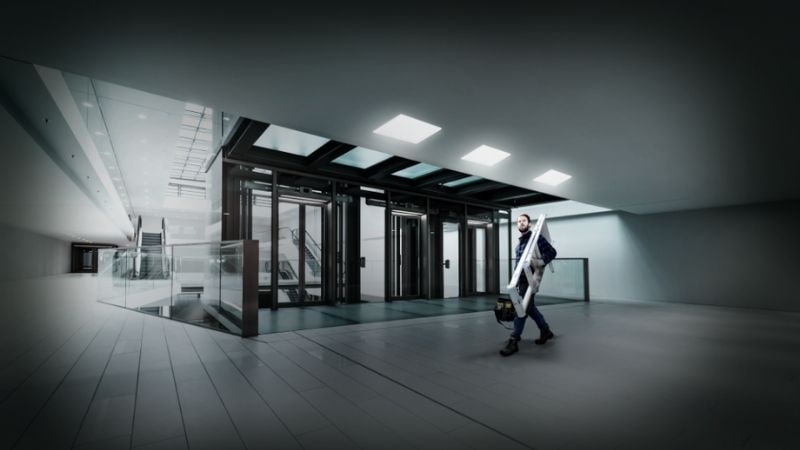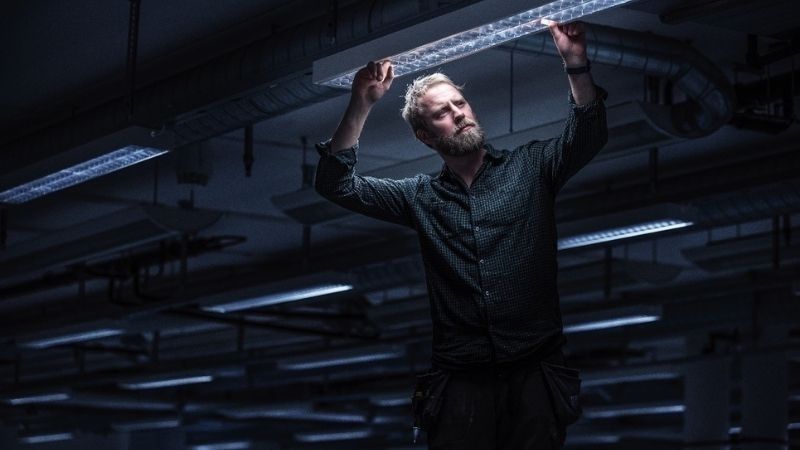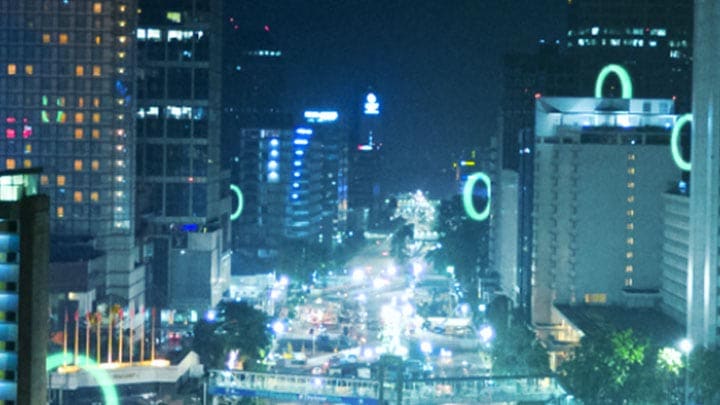July 9, 2021
Signify calls for tough action from EU states to meet emission reduction targets by making the switch to smart LED lighting
July 9, 2021
Signify calls for tough action from EU states to meet emission reduction targets by making the switch to smart LED lighting


Achieving the goal of net-zero by 2050 will be a herculean task for the 27 EU member states. “Instrumental to achieving this goal is to more than double the pace of building renovation to 3% per annum,” says Verhaar, “which needs to be combined with a 3% increase in energy efficiency and 3% rise in the use of renewables each year.”
The European Council has established a 3% renovation rate target for 2030. Verhaar urges it to turn this commitment into action and to do it quickly. “We need a wave of renovations for building and city infrastructure. This would generate around 1 million jobs, save EUR 40 billion in electricity costs, and boost Europe’s digital future.”
Switching to LED lighting is the quickest and easiest part of a building renovation. With stimulus programs in place and the Green Deal in full swing, the question for policy makers should not be can we afford to do it, but can we afford not to?
For editorial enquiries:
Signify Global Integrated Communications
Neil Pattie
Tel: + 31 6 15 08 48 17
Email: neil.pattie@signify.com
Signify (Euronext: LIGHT) is the world leader in lighting for professionals, consumers and the Internet of Things. Our Philips products, Interact systems and data-enabled services, deliver business value and transform life in homes, buildings and public spaces. In 2023, we had sales of EUR 6.7 billion, approximately 32,000 employees and a presence in over 70 countries. We unlock the extraordinary potential of light for brighter lives and a better world. We have been in the Dow Jones Sustainability World Index since our IPO for seven consecutive years and have achieved the EcoVadis Platinum rating for four consecutive years, placing Signify in the top one percent of companies assessed. News from Signify can be found in the Newsroom, on X, LinkedIn and Instagram. Information for investors is located on the Investor Relations page.
